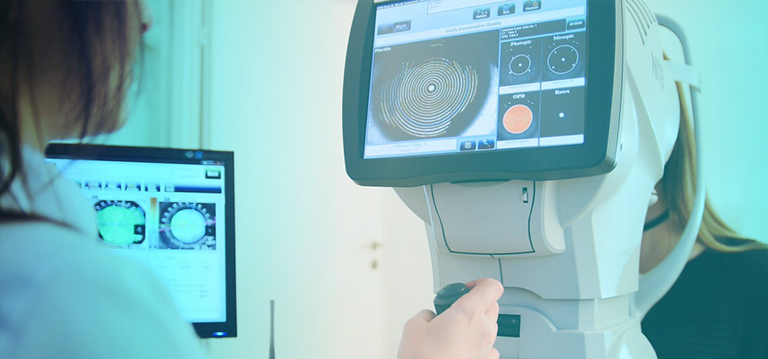Working Time
- Mon 09:00 – 13:00, 15:00 -19:00
Tue 09:00 – 13:00, 15:00 -19:00
Wed 09:00 – 13:00, 15:00 -19:00
Thu 09:00 – 13:00
Fri 09:00 – 13:00, 15:00 -19:00
Sat Closed
Sun Closed
Contact Info
-
Phone: +357 25 38 38 68
Contact Us
[contact-form-7 404 "Not Found"]Keratoconus

Keratoconus is a bilateral corneal disease which occurs at a rate of approximately 1 in 2000 people. It is characterized by gradual thinning of the cornea resulting in forward deformation taking the shape of a cone.
Symptoms:
The first signs of keratoconus are increasing myopia and astigmatism and the need for frequent changes in prescription glasses. In more advanced stages it causes distortion of the images and blurred vision which cannot be cured with glasses.
Other symptoms are:
- Increased sensitivity to light
- Difficulty driving at night
- Diplopia,especially at night
- Intolerance of soft contact lenses
- Headaches and general eye pain
- Excessive rubbing of the eyes
The symptoms usually appear towards the end of puberty. The disease usually begins at around the age of 15 and usually stops at the age of 35.
Treatment:
Depending on the stage and severity of the keratoconus, the treatment consists of:
1. Glasses:
In the early stages of keratoconus, prescription glasses can cure astigmatism astigmatism
2. Contact lenses:
Depending on the stage of keratoconus, soft, hard and hybrid contact lenses can be used.
3. Collagen cross-linking:
The interconnection of collagen is achieved by applying a special type of laser which inhibits the development of keratoconus. During this surgical technique we seek to stabilize vision and perhaps improve it.
4. Intracorneal rings:
In patients with high astigmatism who cannot use contact lenses, special rings can be placed in the cornea with the help of a laser to improve vision.
5. Partial or total corneal transplant:
This surgery is applied to patients with advanced stages of keratoconus.



